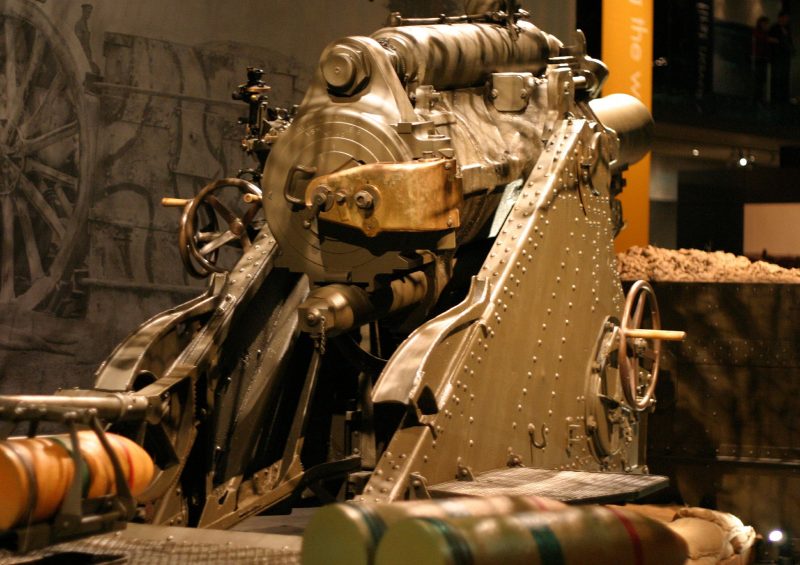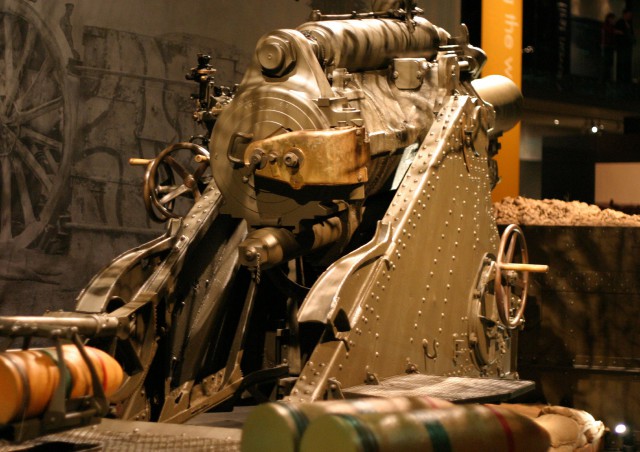A rare World War One Howitzer gun is being put on display at the Australian War Memorial in Canberra as part of the Australian capital’s Anzac Day centenary commemorations.
The Howitzer is a huge gun at 9.2 inches and weighing around 7.5 tonnes. It was the biggest portable artillery the Allied troops had during World War One. The gun was used by Australian troops at the front in Gallipoli and could fire shells a distance of more than nine kilometres. Germany also had a large number of Howitzers.
A Howitzer-type gun is distinguished by its short barrel and small charges that propel shells in a high, steep curve. Howitzers had to be transported in several pieces by vehicles, rather than horses, because of their size. They were then assembled once they reached the chosen firing position.
Compared to other guns, Howitzers had a lower speed and shorter range. But during World War One Howitzers were in demand because of the scale trench warfare that was being fought. The steep angle of descent that the Howitzer provided was ideal for bombing trenches dug into the ground.
Ever year Anzac Day is commemorated at the Australian War Memorial, and since this year is the centenary, the gun is part of a special exhibition to mark the occasion and remember all of those who fought in the war. The Memorial is being redeveloped at a cost of more than AU$32 million in order to ensure the World War One galleries are kept in good condition and improved.
The Howitzer gun was given to the Memorial in the 1950s and will now be put in place in the sculpture garden alongside a HMQS Gayundah gun and a 15 cm Kanone 16 German. The Memorial says they will be on display for the public to see for about four years.
The Memorial is hoping that the new displays will provide Australians with an opportunity to see the guns in person and realise how large and difficult they were to use. Their purpose was to destroy buildings and enemy positions; they were the most powerful weapons in the Allies’ war artillery, the ABC News reports.
The sheer size of the guns shows how difficult they were to manoeuvre. They are a big piece of history that the Australian War Memorial says it is committed to preserving. The Australian War Memorial will open its World War one galleries from February through to November 2015.

